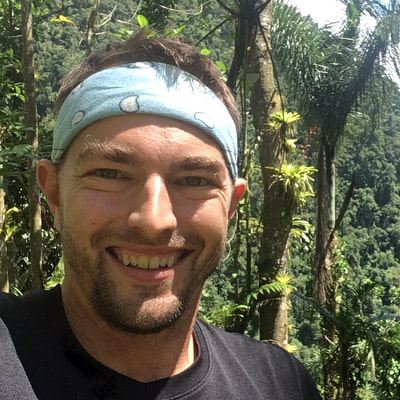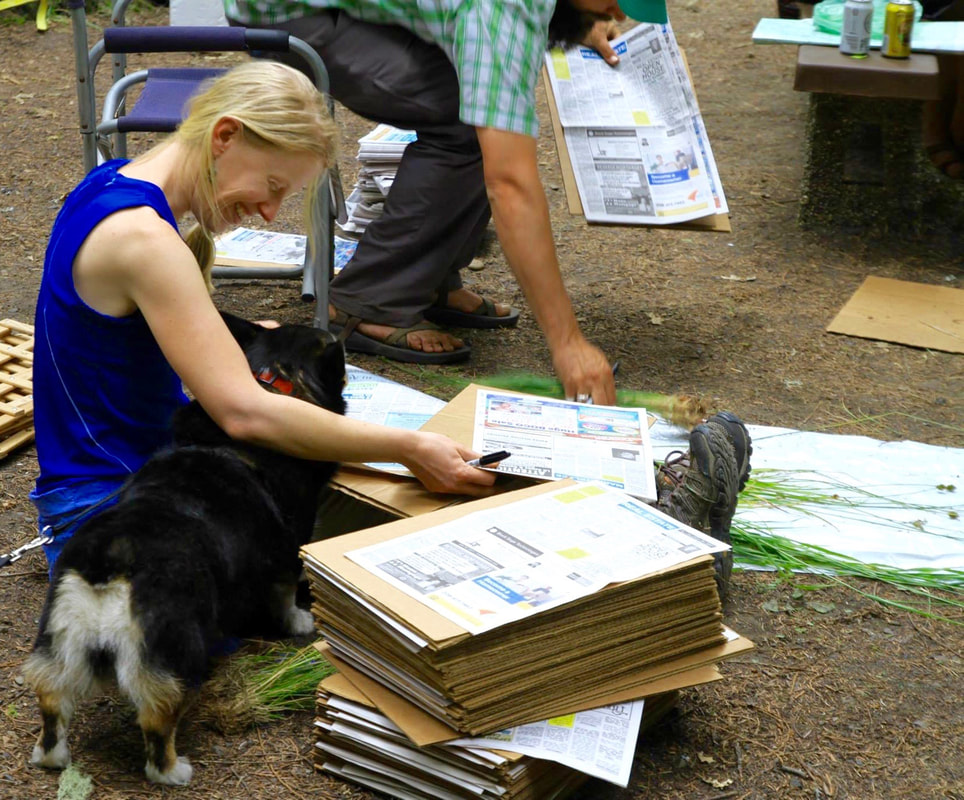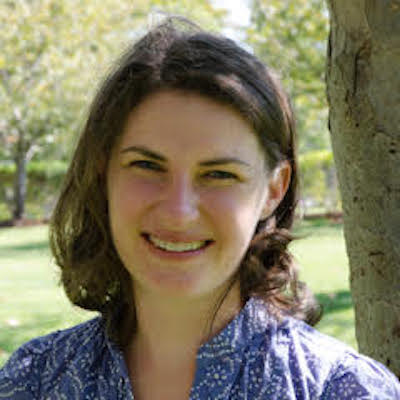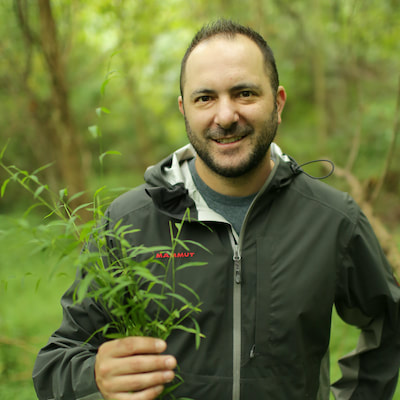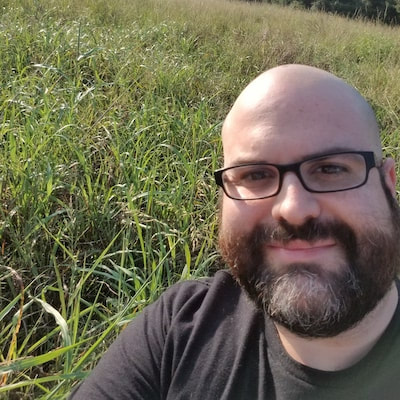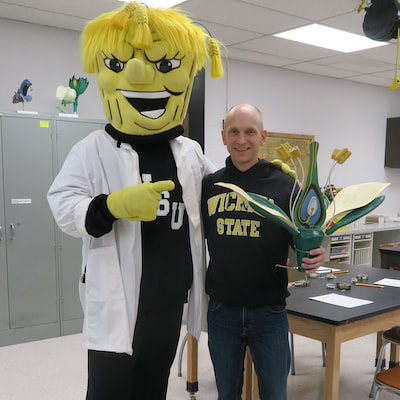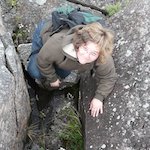CPING Principle InvestigatorsFour research universities, or "hubs" make up the center of CPING.
Along with six primary investigators, CPING now has 143 participating scientists, professors, and students nationwide |
Principal Investigators
Nic Kooyers
|
Craig Barrett
|
Other Lead Team Members
Brittany Sutherland
Former Project Manager and Research Scientist
|
Dr. Sutherland was the project manager of CPING until August 2022. She is now an assistant professor at George Mason University and functions as an additional Co-PI within the network. Her CPING research examines the population genomics of Salvinia molesta across the southeastern US. Her broader research interests are in polyploidy and plant evolution.
|
